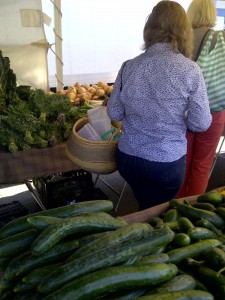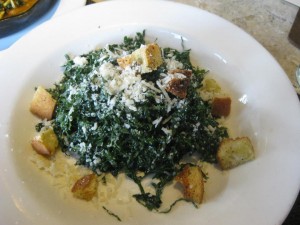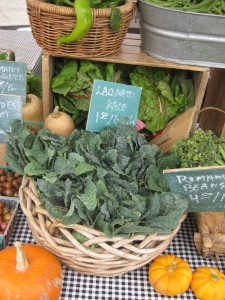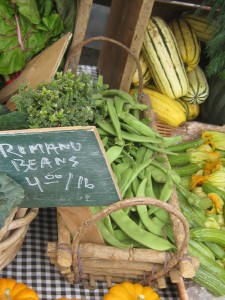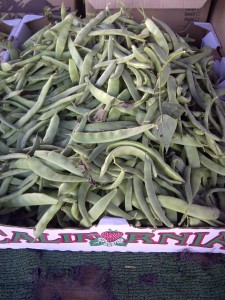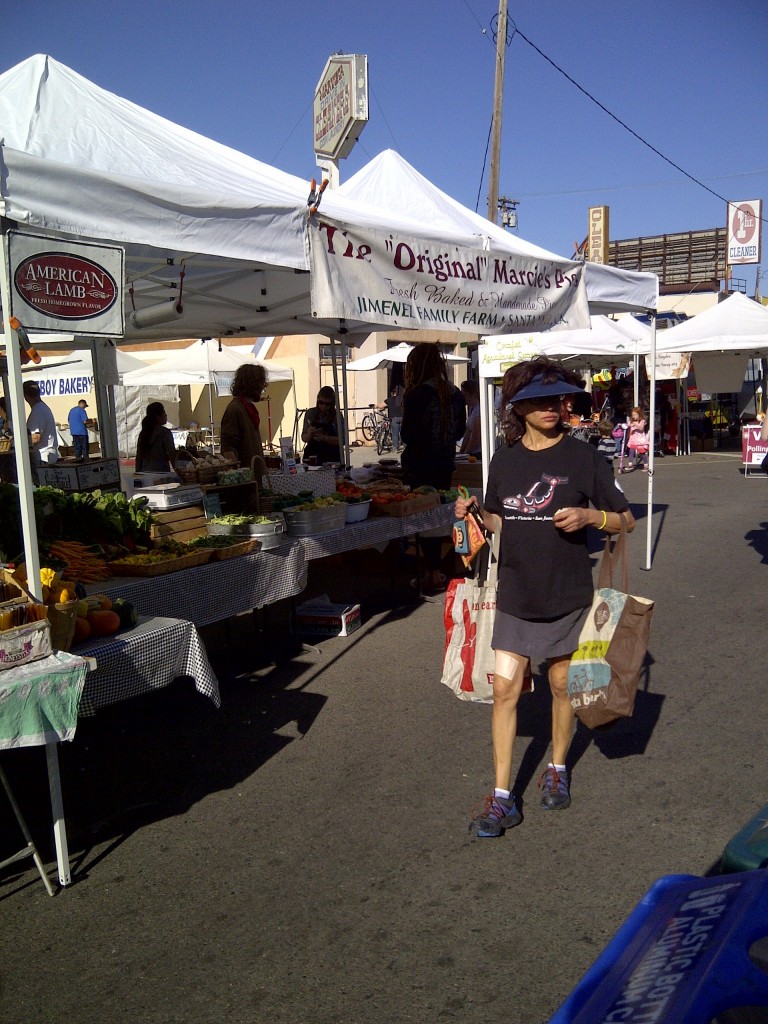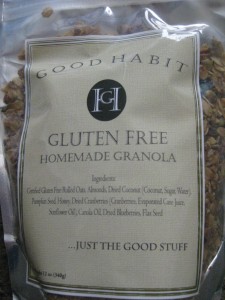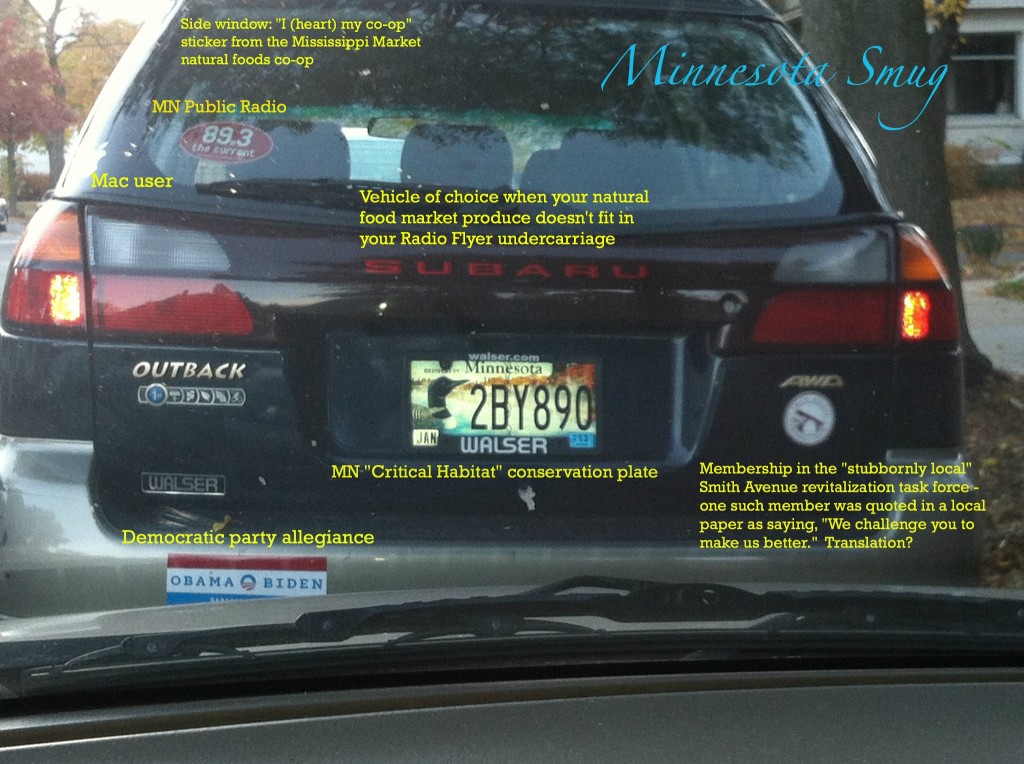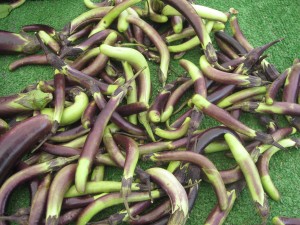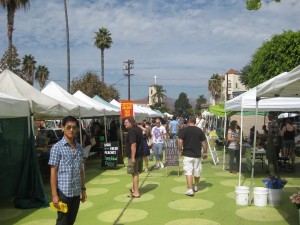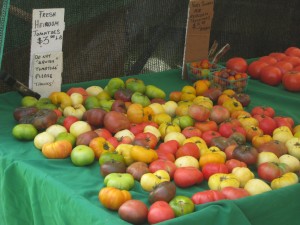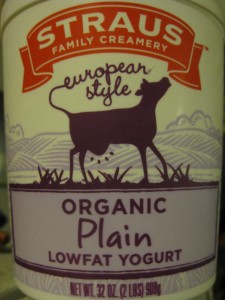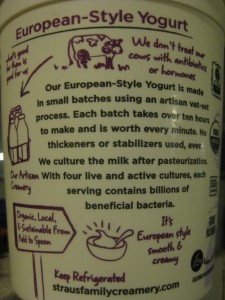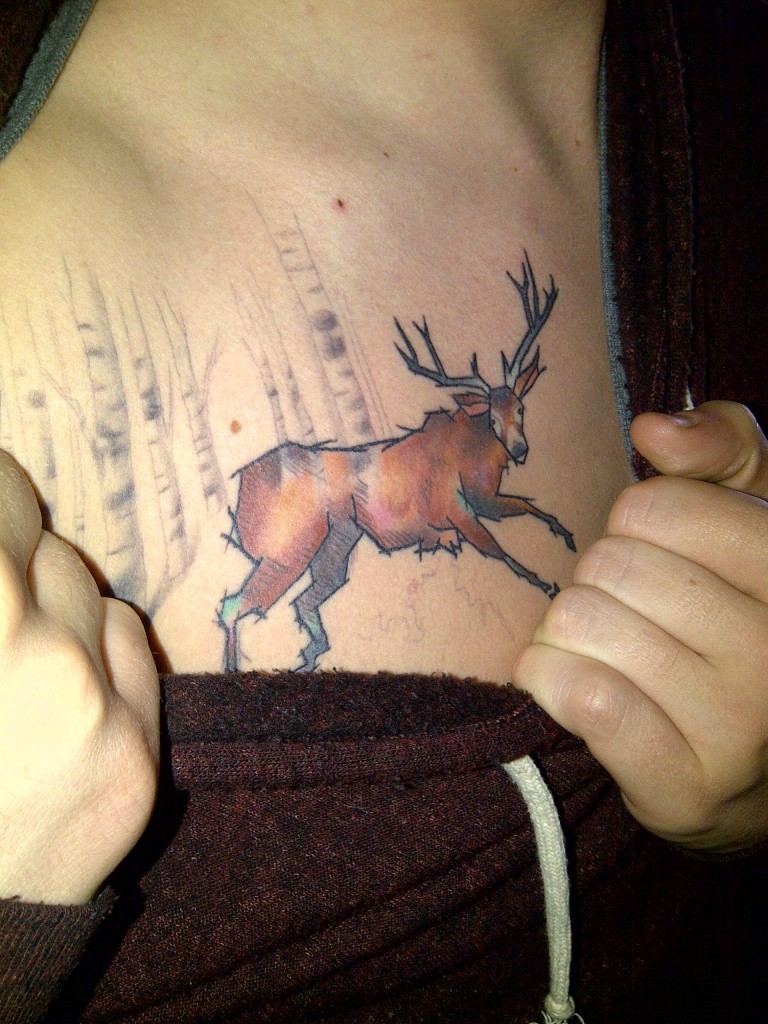 Smug Scout does not like tattoos. Not one bit. She knows this is not a popular position, but she stands by her unpopular positions because she knows that ultimately they are inconsequential anyway. She believes tattoos usually fall into three broad categories:
Smug Scout does not like tattoos. Not one bit. She knows this is not a popular position, but she stands by her unpopular positions because she knows that ultimately they are inconsequential anyway. She believes tattoos usually fall into three broad categories:
- Pure delinquent. These belong to actual convicted criminals. This may be the most unexpectedly and unwittingly Smug, even artisanal, category of tattoo because a number of them are hand designed and handmade (albeit in a penitentiary), often with found materials and under conditions that, for lack of a more prison-centric term, we could call “rustic.” The images are often highly symbolic (such as teardrops to signify murder), religious (if in a primarily stylized rather than observant way), and violent (particularly in reference to gang life). Smug Scout finds these rather interesting because they function as grisly autobiography. Smug Scout likes this sort of thing in the same way as other people whose firsthand exposure to violence does not extend far beyond hostile parking space stalking in the FM parking lot or pushing ahead of some Smug mob to get the last bunch of wild arugula.
- Pure roughneck. These belong to an anti-Smug group of people. Not only are they members of the non-moneyed lower classes, but they are not trying to hide this status. Their hobbies may include motorcycles, raucous music, cheap processed food, large batch liquor and canned beer, hunting creatures smarter than they are (deer, moose, women, etc.) and using tools Smug Scout cannot identify. The images are often vulgar (women with exaggerated assets) or maudlin (dead people). They may contain messages of questionable relevance in florid, illegible script. Smug Scout finds these rather sad and unsightly, especially when age and weight gain distort them grotesquely.
- Pure bullshit. These belong to people who may want to convey an air of the delinquent or the roughneck or the edgy or even just the vaguely interesting, though their lives are socially acceptable and painfully mundane. This group would never have gotten tattoos fifty years ago when it was not hip to permanently memorialize some clichéd whim on your body (though Smug Scout imagines butterflies everywhere must be delighted to see themselves on so many ankles). What used to be the trashy domain of professional sailors and truck drivers is now called “body art” or “using the body as a canvas.” Smug Scout sees it more as “using the body as a narcissistic billboard.”
So except for the handcrafted prisoner tattoos, Smug Scout did not see much Smugness in tattoos. She did not see it until her recent visit to her favorite Smug epicenter, Portsmouth NH. A Smug friend of hers introduced her to its owner (also the artist) at a Smug local bar where she was lucky enough to photograph it (and, yes, this is typical of Smug Scout’s silly drinking shenanigans). It is the most Smug tattoo she could have ever imagined: a hand etched looking deer with powerful antlers leaping through a forest of birch trees. Antlers are Smug because in their dead form Smug people–who would never dream of anything as barbaric as actually hunting the deer–feel they match reclaimed wood furniture and frivolous local handcrafted household accessories. Birch trees are Smug because they are pale, thin, uniquely colored, grow wild in New Hampshire, and, most importantly, look beautiful even when other trees are bare and the landscape displays a deathly bleakness. This tattoo conveys a fascinating phenomenon to Smug Scout: a local, seasonal, artisanal person, in essence a Smug product in human form. Smug Scout would probably never get a tattoo herself, but she does wonder what tattoo would suit her. She feels certain it would involve black kale.

